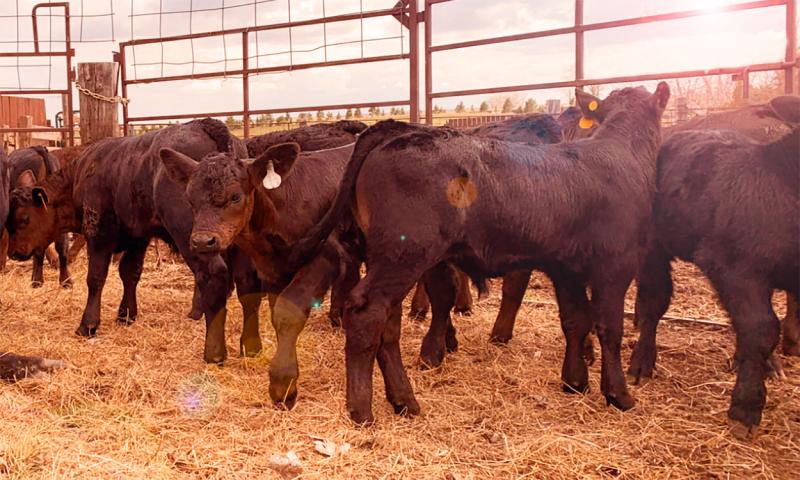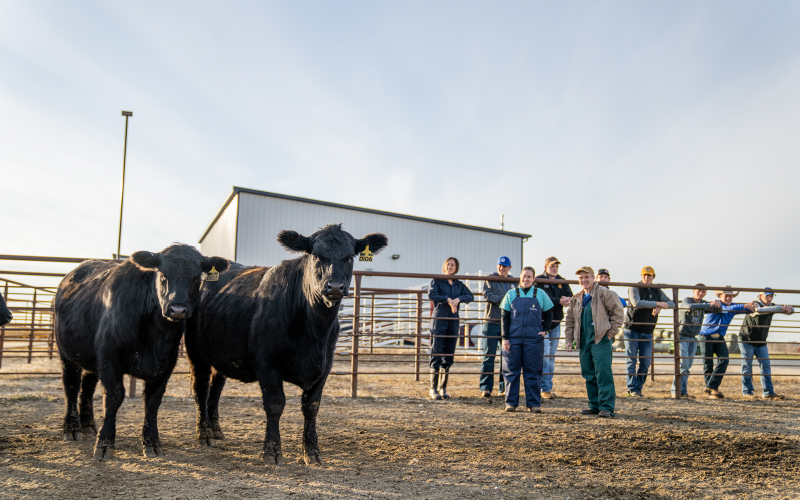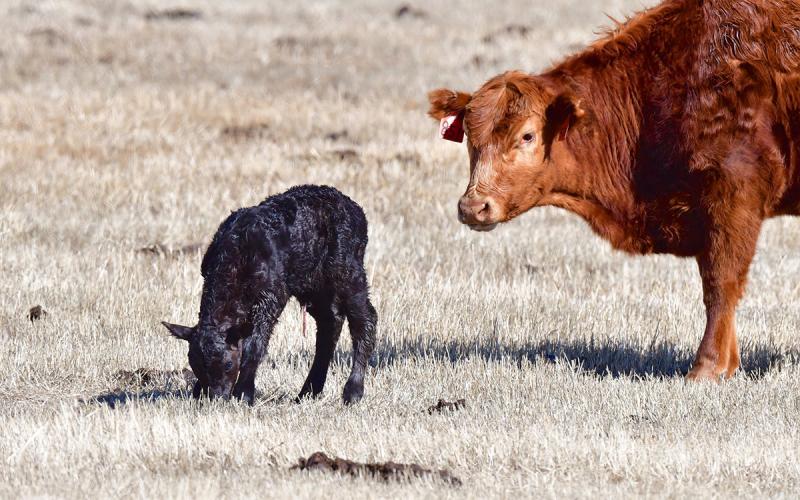
Veterinarians and cattle producers have long embraced pre-weaning vaccines as effective tools to help reduce the impact of respiratory disease in calves following the stress of weaning. Vaccination against viral pathogens, such as bovine respiratory syncytial virus (BRSV), infectious bovine rhinotracheitis (IBR), parainfluenza three (PI3) and bovine viral diarrhea (BVD) roughly a month prior to weaning, with appropriate boosters at or near the time of weaning, has been the hallmark of many cow-calf producers’ preconditioning programs.
In most years, pre-weaning vaccinations are a task completed in early fall—September, for example. However, in dry years, poor pasture conditions forcing producers to wean calves early may push up that timeline. For calves weaned at 100 days-of-age in August, for example, pre-weaning shots would best be done in July, a month prior to weaning.
Timing Considerations
The specific timing of respiratory vaccines (along with the typical Clostridium combinations) is something best discussed with your veterinarian. Recommendations for timing may vary according to the products being used (whether the vaccines are killed or modified live, for example) and the particular management and risk factors present on a particular operation.
Some general statements can be made, however:
- If calves are seeing respiratory vaccines for the first time now, ideally they should get that vaccine no less than two weeks prior to weaning. Any vaccine, especially the first dose, needs time to stimulate the immune system prior to exposure (in this case, exposure to the stress of weaning)— generally, the more time allowed, the better.
- Pay attention to vaccine booster doses and their timing. The best immunological “bang for the buck” is when the booster dose is given in the timeframe mentioned on the product label (typically three-to-four weeks after the initial dose). Try to give boosters at that time regardless of how close to weaning the first dose was given.
- Calves that were given respiratory vaccines at branding time are blessed with a bit more flexibility. The response to a booster dose of vaccine is quicker than the response to the initial dose. Boostering the vaccine at weaning time is an acceptable practice; however, doing this even a few days prior to weaning would ensure a good immune response on board when the calf is weaned.
The Bottom Line
Producers should not be discouraged from vaccinating calves at this early stage of life. In the past, researchers worried that antibodies from colostrum would interfere with vaccine response. More-recent work shows that killed vaccines, modified live intranasal vaccines or adjuvanted modified live vaccines used in calves as young as a couple months-of-age can protect against active infection with viruses, such as BVDV.
Changing the timing of vaccination programs to respond to challenges, such as drought, always brings a bit of uncertainty. As always, a cattle producer’s best resource for preventive health issues is the local veterinarian.


